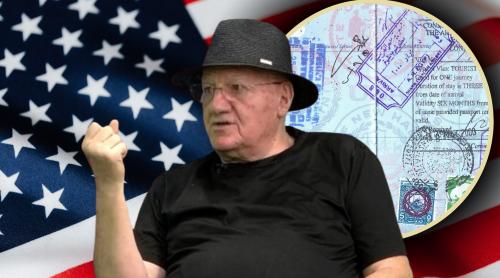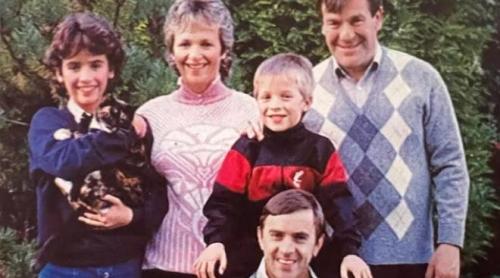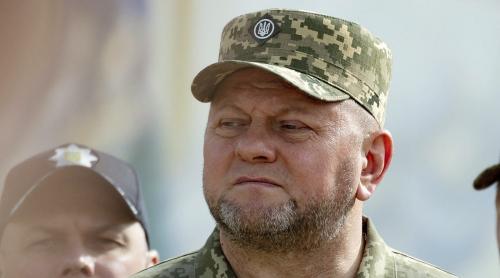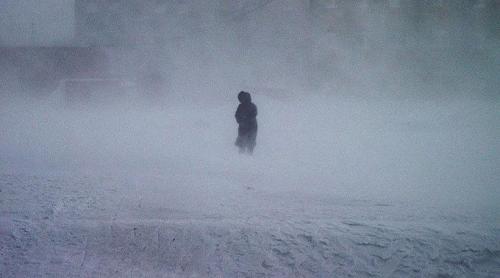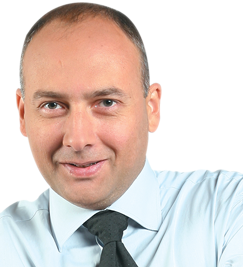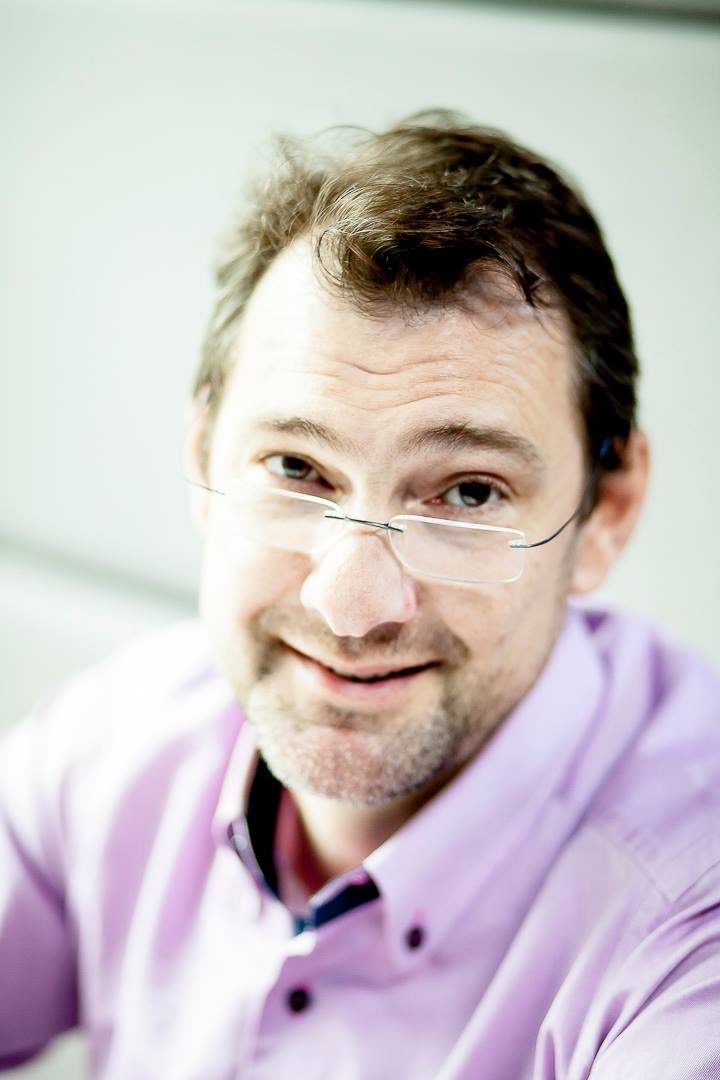
What if there were villages in which the carts would not be allowed in the main lanes, in which the day for the garbage gathering would be announced at the local TV station, a village without any unemployed working force and without criminals, with feminist women that would even have university education? There is such a village called Comlosu Mare, which is a "valid" European village.
In the Timis County, at about 3 km away from the border with Serbia, there is a grand village with taunt houses painted in red, green, and yellow. If it werenât for the pig that ran away from a grange and the two villagers running after him and trying to hide him behind the high gates, one couldnât say this is a village. Comlosu Mare is covered in Occidental air. COOPERATION. The enterprising people, together with their tenable mayor, have seen the wind was blowing from the west and signed-up for the competition the Delegation of the European Commission in Romania organized last year, "Satul Romanesc, Sat European". "We sent over 1 kg of projects", the Mayor, Vasile Busuioc, remembers. They won the communitarian activities section, which means the villagers that made their village look more beautiful have been repaid. This is how they built the school, also known as the "University in Comlosu", because it has a room with 12 computers, laboratories, a research centre, a kindergarten, and a playground that looks as in the children books. "The people labored: they took the briquettes off the roof, they dug channels. I convinced them that everything was done for them", Busuioc adds. They werenât quite convinced in the beginning, but when they saw the village was changing, they all took part in it. The key of success? There is a saying in this village: "there is no politics in here. Here, one works". "SOMALI VILLAGE". There is one question that comes to mind when you see this European village, which is unofficially one of the first 20th Romanian villages that won this title, out of the 200 villages that took part in the competition, is how is it possible in here, but not in other parts of the country. Tudor Mandreci, a facetious man with white hair, the cultural referent of the village, believes there is a higher level in Banat, because there is a mixture of cultures in here. "Birds sing three languages in Comlosu Mare. The Romanians are one third, the Roma are another third, and the Hungarians the other third." However, it wasnât easy for the villagers. "This was a Somali village before it became an European village", the advisor smiles. The mayor has a more pragmatic explanation: "I realized I needed intellectuals in order to be able to do anything. So, I gathered a group of people that take care of the projects, and the other people should work". EUROPEAN VILLAGE. The locals know their village is a big deal. There are also some people that see the empty half of the glass. "If you walk on the side streets, you will se the village doesnât look that good", a local says. Moreover, the villagers have other needs. Most of the villages in the country complain about the lack of electrical current and running water, the villagers in Comlosu Mare have superior needs. "> and Hegel are "words" one cannot find in the village library", Mr. Sandru complains. "I have been in other villages and the community centre was a bistro, but in Comlosu there are cultural activities every week", his refined wife, Stela, contradicts him. Mr. Nicu, who seems to be a man walking on the avenues of the great Romanian cities, sees the mentality as the main problem. "The children walk by without saying "Hi!" anymore and throw papers in the street". He tries to prove it by greeting a group of children that got out of the school that look at him surprised.Translated by SORIN BALAN
Citește pe Antena3.ro


